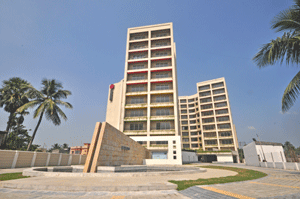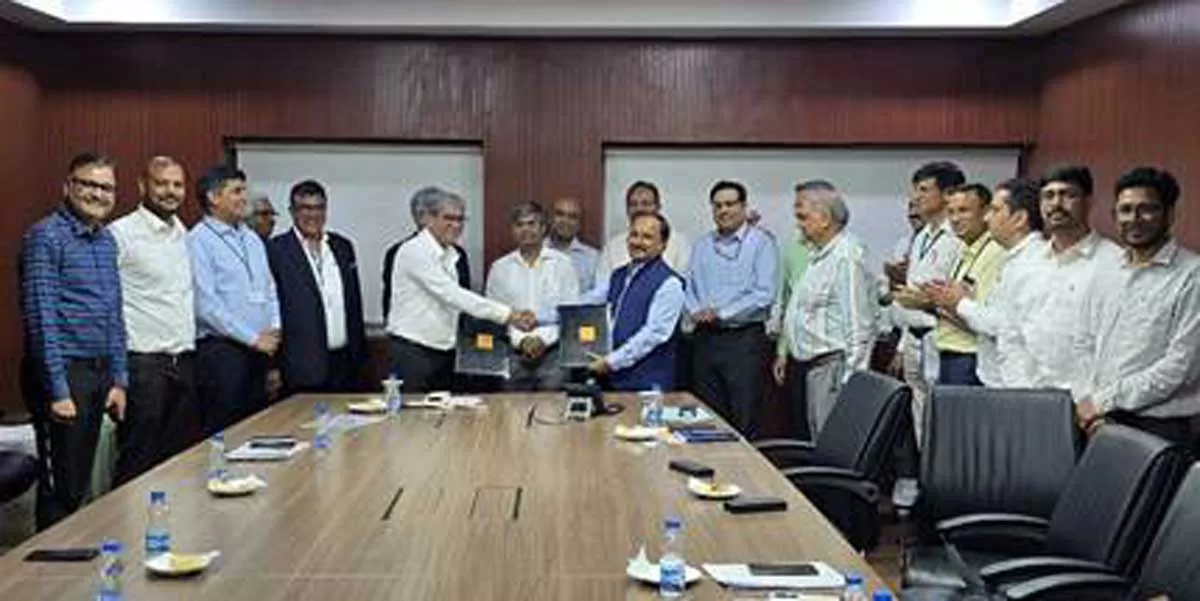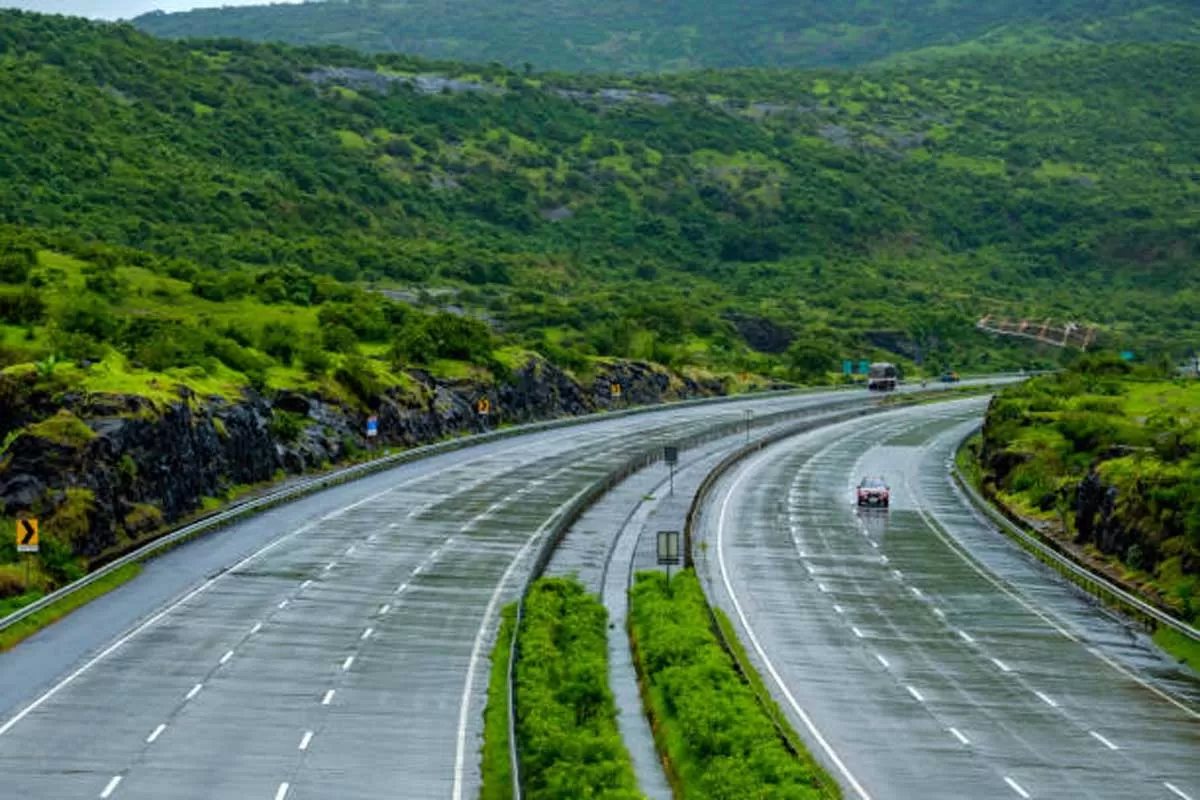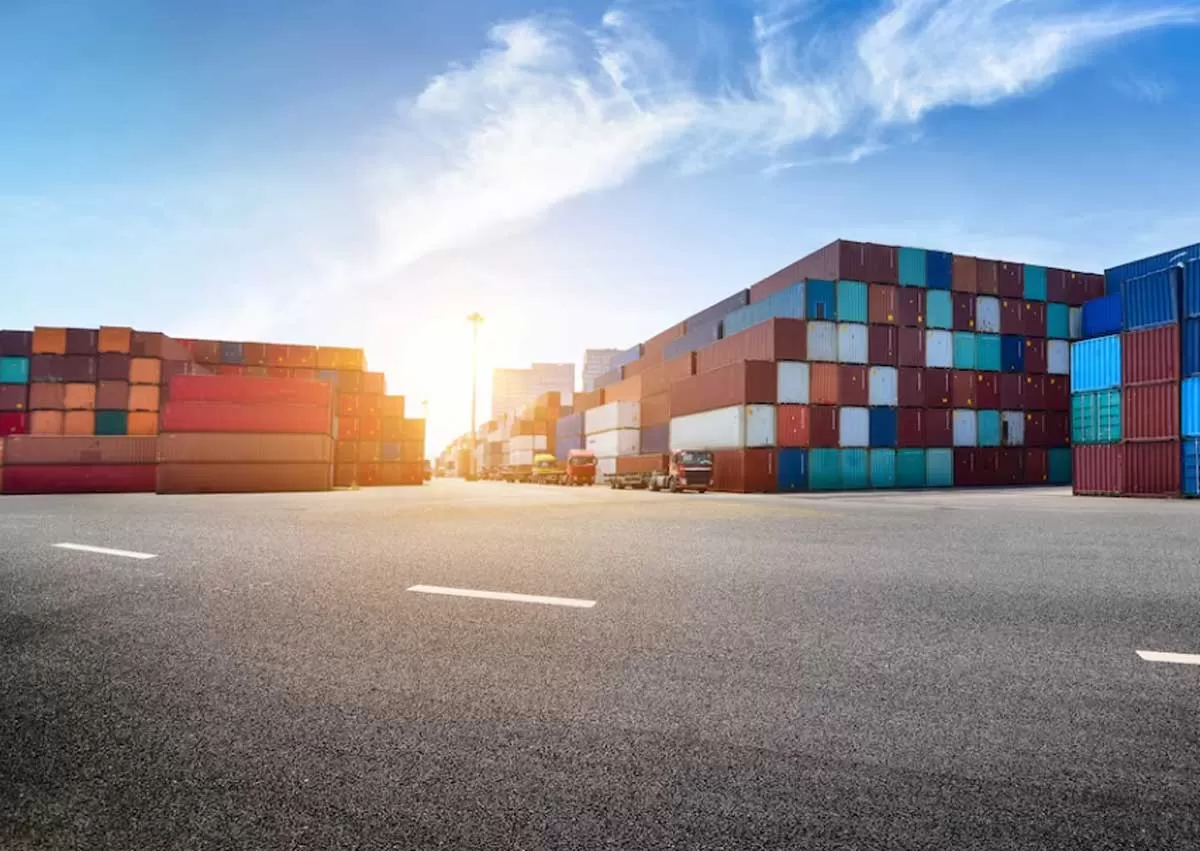CHARU BAHRI reports on why infrastructure finance is in the doldrums and discussed potential remedies.
It’s no secret that a drought of project finance is currently bogging down Indian infrastructure, adversely affecting borrowers.
Barriers to financingDevelopers are finding it increasingly hard to come by project finance from the banking system. Traditional lenders are increasingly insisting on extensive risk mitigating measures, and rightly so. Many lenders are struggling to recover dues from developers executing private-public partnership (PPP) projects that were improvised because they were too aggressively bid for.
In particular, some PPP road and electricity generation projects won between 2007 and 2010 through ‘bid-and-win now, renegotiate later’ strategies of private players were doomed to be unprofitable propositions. Some unlisted companies and even subsidiaries of big firms set up to execute such projects are finding themselves in possession of distressed assets. Mounting debts and falling share prices are only adding to their woes. Raising equity is out of the question for such firms.
Another major reason why financing has become challenging for infrastructure developers is scepticism in the eyes of lenders about the timely execution of projects. For this, the blames lies squarely on implementation delays on account of land acquisition; environmental clearances; relocation of power, water, telecom and irrigation utilities; relocation of structures such as temples, mosques, schools and buildings; railway approvals; quarry, borrow area approvals, etc.
“The biggest concerns of infrastructure developer are time and cost overruns, which can convert good, viable projects into bad, non-viable projects,” says Pankaj Agarwal, President – EPC, GVK. In the present climate, he notes that cost overruns have been compounded by the weakening of the Indian rupee and corresponding escalation, de-control of diesel prices and ambiguity in the scope of work of some projects. GVK actually formulates special teams for each of its projects to work towards minimising these challenges. “Our people work with the relevant authorities, taking early action in the interest of the projects,” clarifies Agarwal.
The way forwardWhat is the way out of this sorry state? Perhaps the key is to accept that different sources of funds have different risk profiles, and work accordingly. Shailesh Pathak, President - Corporate Strategy, Srei Infrastructure Finance Ltd, believes the way forward lies in matching what investors want and business needs: “The challenge is to evolve separate strategies for primary and secondary financing.”
“Primary financing for projects is high risk,” he explains. “In contrast, secondary financing for assets with a proven capacity to generate income carries a lower risk. It makes sense for public-sector banks and other entities that can assume the initial construction risk in return for a higher rate of return to step in for the primary needs. Pension funds and the bond market with a relatively lower risk appetite and needing stable annuities can step in post-construction or for brownfield projects. Such investors might like to own majority stakes in such assets, rather than step in to take out the debt.”
Where primary financing is concerned, Pathak emphasises the need for financiers to back projects where the risk is mitigated, where the probability of timely completion is high because they have the necessary clearances and the promoter’s equity contribution is established.
Pension funds, sovereign funds and insurance companies can offer a good asset liability match for infra project financing. However, developing the secondary finance market entails creating project infrastructure bonds as an asset class in the Indian market.
“Whereas in other countries, pension funds have exposure to infrastructure bonds, the Indian market has yet to develop,” observes Subahoo Chordia, Head, Infrastructure and Investment Banking, Edelweiss Financial Services. “Current ratings of developers and/or underlying assets remain the key concern. In many cases, lack of stability of project earnings have impacted the project credit rating and kept investors away. Establishing credit enhancement tools such as first-loan default guarantees (FLDGs) and guarantees on certain risk by government/government institutions can help improve the credit profile of these assets. A few successful issuances would also help boost the confidence of investors.”
Acquisition trendAn emerging finance-related trend in the sector is the increasing interest of investment firms in acquiring infrastructure assets. “Readily developed projects, large capital requirements and a reasonably predictable stream of cash flows make the infrastructure sector a good investment opportunity,” says Jayesh Desai, Co Head, Structured Investments Group, Piramal Enterprises Ltd.
Srei Infrastructure Finance Ltd is in the market to fund ongoing projects as well as pick up distressed assets in the highway, electricity distribution, renewable energy and special economic area development sectors. “We believe the downturn is temporary,” says Pathak. “Business will revive in 12 to 24 months.”
Investment firm Piramal Enterprises is interested in acquiring roads with an operational history of at least a year and with proven traffic. It has invested in Navayuga, which has a portfolio of eight roads, including three operational roads. It has also invested in the renewable energy space, in Green Infra, a leader in that segment promoted by IDFC with an operating portfolio currently of close to 400 mw.
In 2012, Ashoka Buildcon raised Rs 700 crore from SBI Macquarie Infrastructure Fund, for a 34 per cent stake in a holding company created for seven of its road projects, six of which are tolling. According to Paresh Mehta, CFO, Ashoka Buildcon, “Raising finance is never an issue for equity-thirsty developers with good track records. We successfully raised Rs 100 crore from the IDFC Fund in 2006, another Rs 214 crore from the India Infrastructure Fund in 2008 and we mopped up Rs 225 to retire debt through an IPO in 2010. In addition to buying into our company, SBI Macquarie Infrastructure Fund has also committed Rs 100 crore for any revenue shortfalls or cost overruns we face and another Rs 650 crore for our future projects.”
Clearly, there are no short-cuts to financing. Whether it is for now or the long-term, there’s a right way of going about projects that begets funds—everyone just has to find it, and follow it.
‘Sound’ projects from an investor’s point of view
Jayesh Desai, Co Head, Structured Investments Group, Piramal Enterprises Ltd, defines sound projects as those requiring last mile equity. “Such investments happen after all land acquisition and regulatory approvals, which mitigates construction-related risks, and at a stage when construction is reasonably advanced and revenue streams are reasonably predictable,” he explains. “Additionally, we look for projects with high intrinsic value to ensure that our investments can be redeemed from the project itself over a reasonable tenure. We prefer not to be dependent on external events. Finally, promoter quality is also important to us.”
“The quality of the developer and its management team; asset quality in terms of its financial viability or cost competitiveness vis-à-vis other infrastructure capacities being developed; whether the required land and approvals are in place and the possibility of revenue leaks and its possible mitigations measures are some of the key factors to consider to evaluate projects,” says Subahoo Chordia, Head, Infrastructure and Investment Banking, Edelweiss Financial Services. “The track record of the developer and its management team indicates their nature of being aggressive bidders or conservative bidders for projects. Their track record provides comfort on issues related to financial viability and timely execution. Also, it is important to check other key risks like any possible revenue leakages, such as an alternative road to a toll road project or financial health of the counter-party to ensure timely payment, etc.”
To share your suggestions, write in at
feedback@ASAPPmedia.com


















